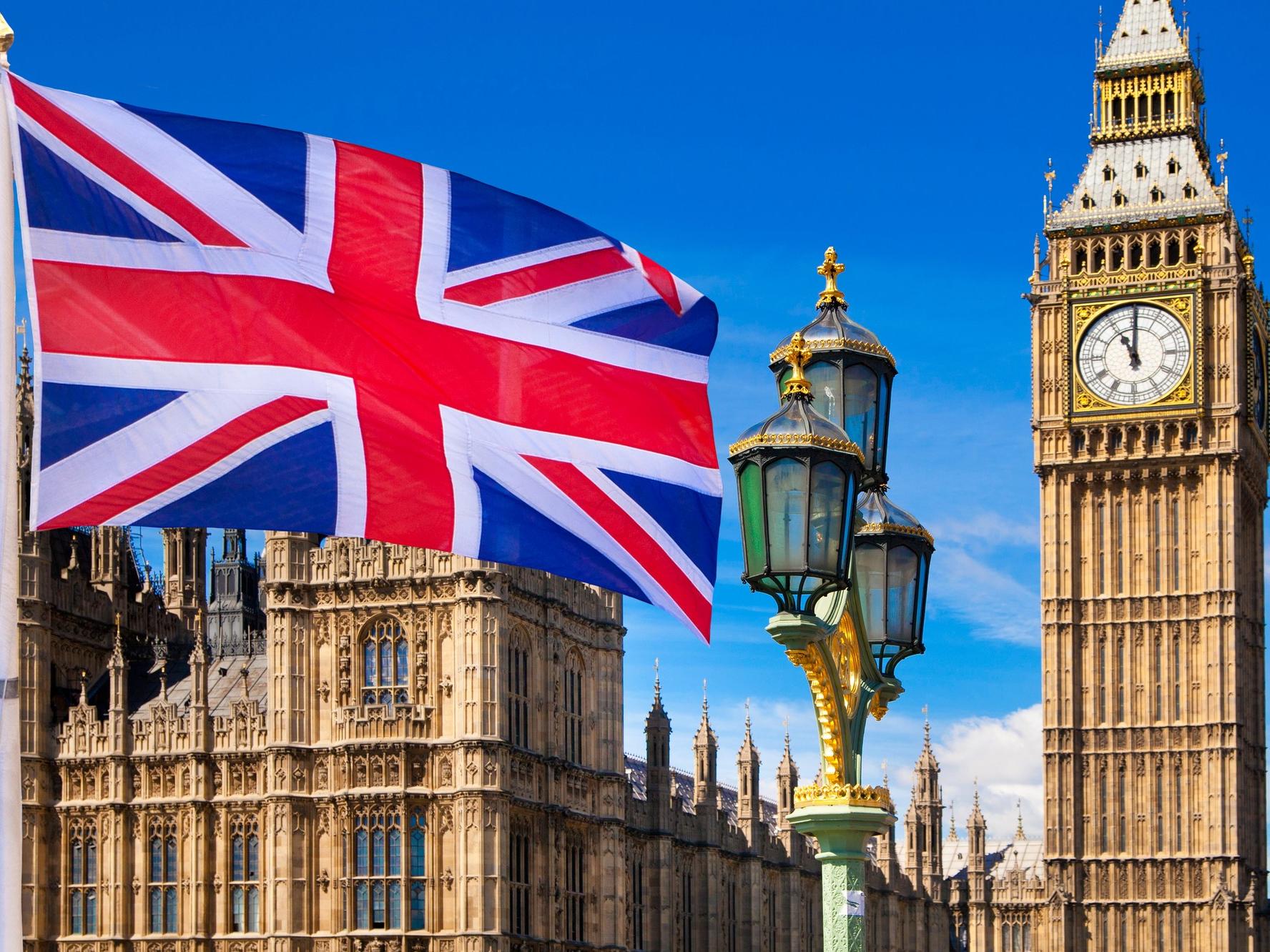
Brian Sims
Editor

Brian Sims
Editor
THE GOVERNMENT has published a new Resilience Framework designed to strengthen how the UK prepares for – and responds to – emergencies. The UK Government Resilience Framework sets out a new strategy, officially making resilience a national endeavour for the first time. Ultimately, this move will “fundamentally strengthen” the Government’s approach to risk preparedness.

A new ‘whole of society’-style approach to emergency planning encourages individuals, businesses and other organisations alike to play their part in building resilience across the UK.
In practice, the Government will make better use of data and external challenges to build a more robust understanding of the country’s strengths and weaknesses, and also share this information to ensure that every group with a part to play in national resilience is empowered to do so.
By bringing together all levels of Government, Critical National Infrastructure operators, the private sector, the public sector and all parts of civil society through improved data and communications, the UK will be better placed to prepare for, respond to and recover from a range of risks and hazards, among them extreme weather events, terrorism and pandemics.
Strengthened approach
The Resilience Framework follows the commitment made in the Integrated Review for greater strategic planning in resilience to strengthen the approach towards preparedness and civil protection. It sets out a number of commitments across six themes: Risk, Responsibilities and Accountability, Partnerships, Communities, Skills and Investment. These include:
*delivering a new UK Resilience Academy built out from the Emergency Planning College and making world-class professional training available to all that need it
*appointing a new head of resilience to guide Best Practice, encourage adherence to standards and set guidance with a view towards making Government more transparent and accountable
*introducing an Annual Statement to Parliament on civil contingencies risk and the UK Government’s performance on resilience
*clarifying roles and responsibilities in the UK Government for each National Security Risk Assessment risk in order to drive activity across the risk lifecycle
*growing the UK Government’s advisory groups made up of experts, academics and industry experts to inform risk planning and provide external challenge
*significantly strengthening Local Resilience Forums in England by working across three key pillars of reform: Leadership, Accountability and Integration of resilience into the UK’s levelling up mission
*developing a Measure for Social Vulnerability as an indicator of socio-economic resilience and assessing how risks impact across communities and vulnerable groups to further guide and inform decision making.
*conducting an annual survey of public perceptions of risk, resilience and preparedness
Further, a new sub-committee of the National Security Council will specifically consider issues relating to resilience.
National endeavour
Oliver Dowden MP, Chancellor of the Duchy of Lancaster, commented: “Resilience has long been part of the UK’s approach to national security, but in an increasingly integrated world in which we cannot predict or prevent all of the challenges ahead, we need to refresh our approach. That’s why we are making resilience a national endeavour. As a country, we are then prepared for the next crisis, whatever it may be.”
Dowden added: “We have set out an ambitious plan and have already begun our work, strengthening accountability and transparency here in Government and refreshing the way in which we assess national security risks. Our framework is a tool for local Government, the Emergency Services, charities and the public to enable everyone to prepare for crises.”
The new Resilience Framework builds on the work that the Government has already undertaken to strengthen its resilience structures. The National Security Risk Assessment methodology was refreshed earlier last year to ensure that it was fit for the future, looking at a longer timescale and using the widest possible range of data and insight alongside external challenges.
Government has also made changes at the heart of Government itself, with the Cabinet Office’s emergency planning and response team forming a dedicated COBR Unit to continue to lead the Government’s response to emergencies.
Meanwhile, the Cabinet Office’s Resilience Directorate has been established to take a more strategic approach to national resilience and drive work across the system designed to strengthen it.
The National Situation Centre (SitCen) was established to bring data, analysis and insight together, in turn boosting the Government’s ability to identify, monitor and manage risks. For example, during the period of extreme heat experience last July, the SitCen worked with partners to identify vulnerable groups and locations, enabling responders to target support on an effective and efficient basis.
Dorset House
64 High Street
East Grinstead
RH19 3DE
UNITED KINGDOM
01342 31 4300